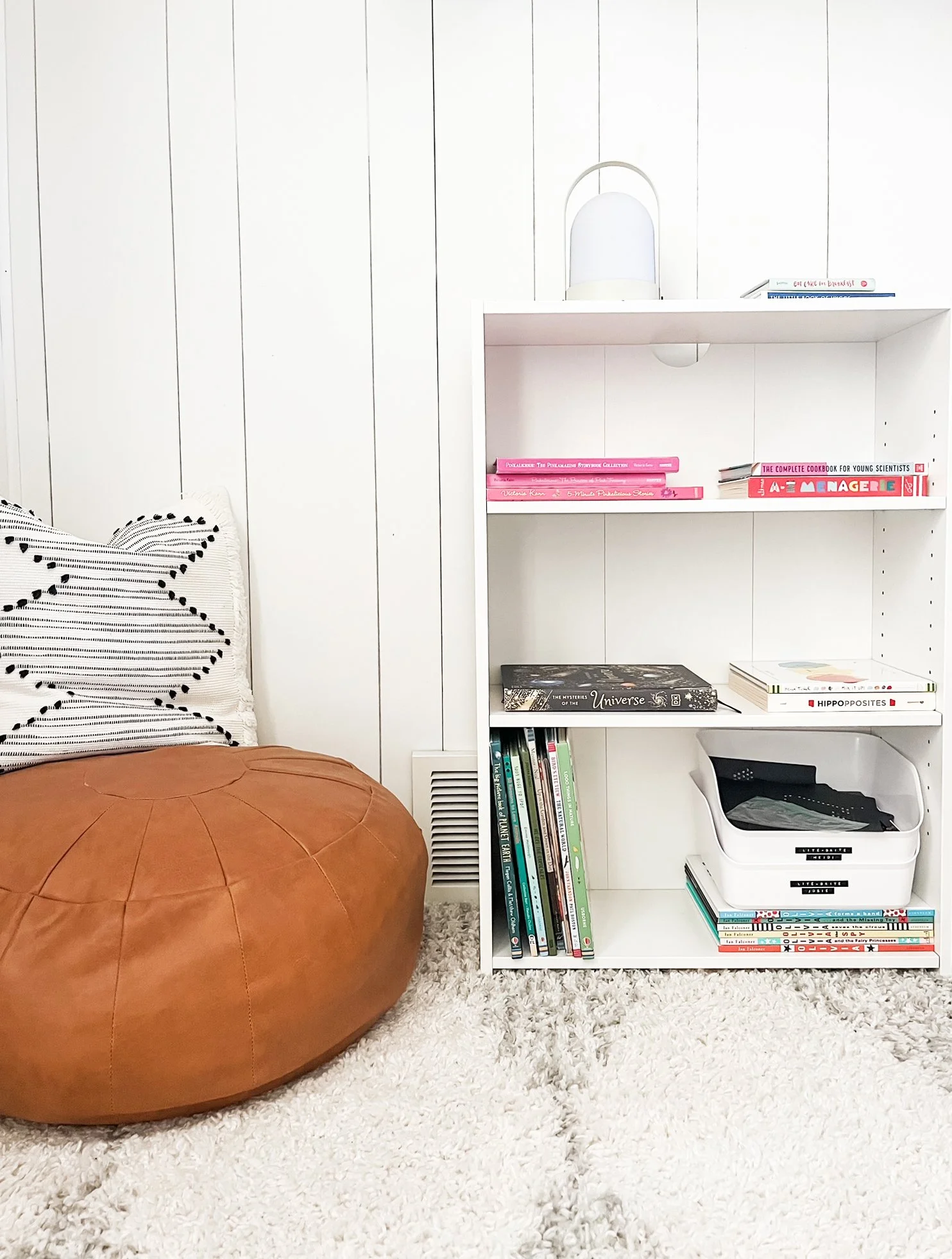Why Clutter + Mess Are Different (And Why You Need To Care About It)
After countless conversations with clients, family and friends, it has become abundantly clear that there’s lots of confusion around the difference between clutter and mess in the home. And why should you even care about their differences? Because they effect your home and life in drastically different ways. How many times have you heard from someone (or you’ve said it) “my home is an absolutely mess!!” Probably ALL of us! But is it just mess or is it possibly clutter?
The reason why we need to care about the difference between clutter and mess is that you need to deal with them differently. I have different strategies to help you improve your home environment and live better in your home when you tackle them each intentionally.
So today we’re going to clarify the differences between clutter and mess, so you can get both under control, prevent them from surfacing and simplify managing your home for good.
So what does MESS look like in your home?
✔ Most mess is created by things that will likely stay in the home (with few exceptions like leftover paper scraps from a craft that can be recycled).
✔ They’re things actively in use it just might be temporarily out of place.
✔ They’re things involved in your everyday that you want to keep like clothing you’re wearing often (that need to be hung up/put away), toys the kids are playing with (that need to be put back in their baskets), books that are still being read (that need to be placed back on the shelf), kitchenware and tools that help make your meal prep/cooking go smoothly (that need to get tuck back in the cabinet).
✔ They’re items that likely need to be relocated, cleaned or put back in it’s home. But they’re all items that are essentials for your home and are actively being loved and used. They just might need a little reset or tidying!
What does CLUTTER look like in your home?
NOTE: There’s reoccurring clutter and occasional clutter. Let’s break it down next so you know how to spot them both and easily deal with them.
✔ Reoccurring clutter comes into your home or surfaces frequently simply because of daily life. It can easily pile up if ignored (like mail, trash in your everyday bag, school papers/art/information, expired foods, expired toiletries, etc.)
✔ Occasional clutter surfaces as a response to changes/shifts in your life. Clothing being outgrown, aesthetic tastes changing, developmental needs changing or by needs that surface because of shifts in daily life (outgrown clothing, toys that are no longer being played with, books that are no longer being read, decor that you’ve fallen out of love with, clothing you are avoiding in your closet, items you no longer need after a move to a new home in a new city).
✔ They’re in the mix with your everyday essentials and are making your daily tasks harder than they need to be.
✔ They’re items that need to leave the home, like a stack of mail that needs to be gone through taking up valuable countertop space in your kitchen.
✔ Clutter wastes your time and causes you to dig through through it to get to the stuff you actually want to use/consume.
✔ Clutter wastes your energy by forcing you to devote effort and bandwidth to manage things that don’t support your everyday, basic needs. Clutter makes life harder than it needs to be.
Now are you ready for solutions on how to deal with CLUTTER + MESS? Oh good!
How to deal with MESS in your home.
✔ Opt in for a daily reset, even if it’s just for a few minutes. Mess (items that will stay in your home but need to be tidied) can benefit from a daily check in, whatever time of day works for you.
✔ Utilize a large “relocate basket” throughout the day/week for items that need to be put away. The home can have one of these, one for each person in home, or a few for high traffic areas in the home. Choose what works best for you and your family. Walk your home with a large bag or basket and put everything in it that needs to go back to another room. Next, where you’re able to, put things back, room by room, until the container is empty. Done!
✔ Clean up as you go, when you can. This will save you from a mountain of things to put away at the end of the day. Focus on common use items like dirty dishes, worn clothing, most used table tops, counter tops and toy clean up.
✔ Time block reset times for the home during the week or for certain zones of the house that tend to attract more mess (like the kitchen, living room or play zones). Set a timer for a short time to do a room or general home reset. Reward yourself when you’re done!
✔ Recruit help and encourage everyone in the home to take care of the needs of the home. Show each person what they can to do contribute. Everyone who lives in the home should chip into this effort in an age appropriate way.
How to deal with CLUTTER in your home.
✔ Check in weekly on reoccurring clutter creators, like mail, school work/papers, and food. Tailor this to the needs in your home.
✔ Make quick decisions about clutter. Focus on removing items first that don’t require thought, like expired products/food, mail, school papers, invitations, magazines, trash, recyclable goods, clothing that doesn’t fit anyone in the home anymore.
✔ Don’t over-complicate eliminating clutter from your home. Focus on the facts about item and why it needs to leave your home (ex. the food is expired, it must be thrown out because it’s not safe to consume) to help you make quick decisions.
✔ Observe common clutter zones/category in your home. Think kids clothing, toys, mail, consumables (toiletries, food, consumables, etc.). These hot spots in your home should be top of mind for items that need to be removed frequently from your home. Check in on them as often as your able to, minimally once a month.
✔ Create a designated spot for these decluttered items that will move on to donations, like clothing, books, toys and decor. Recycle as much as possible (check locally for what’s excepted). Drop off donation items once a month, or as soon as possible!
✔ When decluttering items that you feel more connected to, make sure they are actively in use, bring joy/value to the home and make life easier. At least 2 of these attributes should be at play, but ideally all 3 are at play. Anything that has a negative association with it, that mentally drains to you or brings up painful memories, should be removed from the home immediately.
✔ Prevent clutter from coming in your home through intentional consumption. Delay purchases and do research first to make more sound buying decisions, avoid duplicates, use what you already own, borrow from family/friends, and utilize free resources in your community (like buy nothing groups, libraries, etc.).
Now let’s recap what we’ve learned about MESS + CLUTTER.
Mess is temporary and easy to reset/clean up.
Clutter should not stay in your home and is not an active part of your daily life and is not bringing value to your everyday.
Resetting the home and frequent check-ins on reoccurring clutter (like mail) and occasional clutter (like outgrown clothing/toys) will keep your home functioning smoothly and efficiently! And oh by the way, you’ll save an incredible amount of time, energy, and money, allowing you to create a more peaceful home. Yes, please!
So next time you see a pile of chaos in your home, make sure you ask yourself “is this mess or is it clutter”? This is simple question will help you can take quick action to deal with it. You’ve got this my friend!
If you’d like MORE HELP decluttering + lightening the physical + mental load in your home, here’s a few great places to start.
Learn the basics of Decluttering
Parents + Kids Guide To Decluttering








